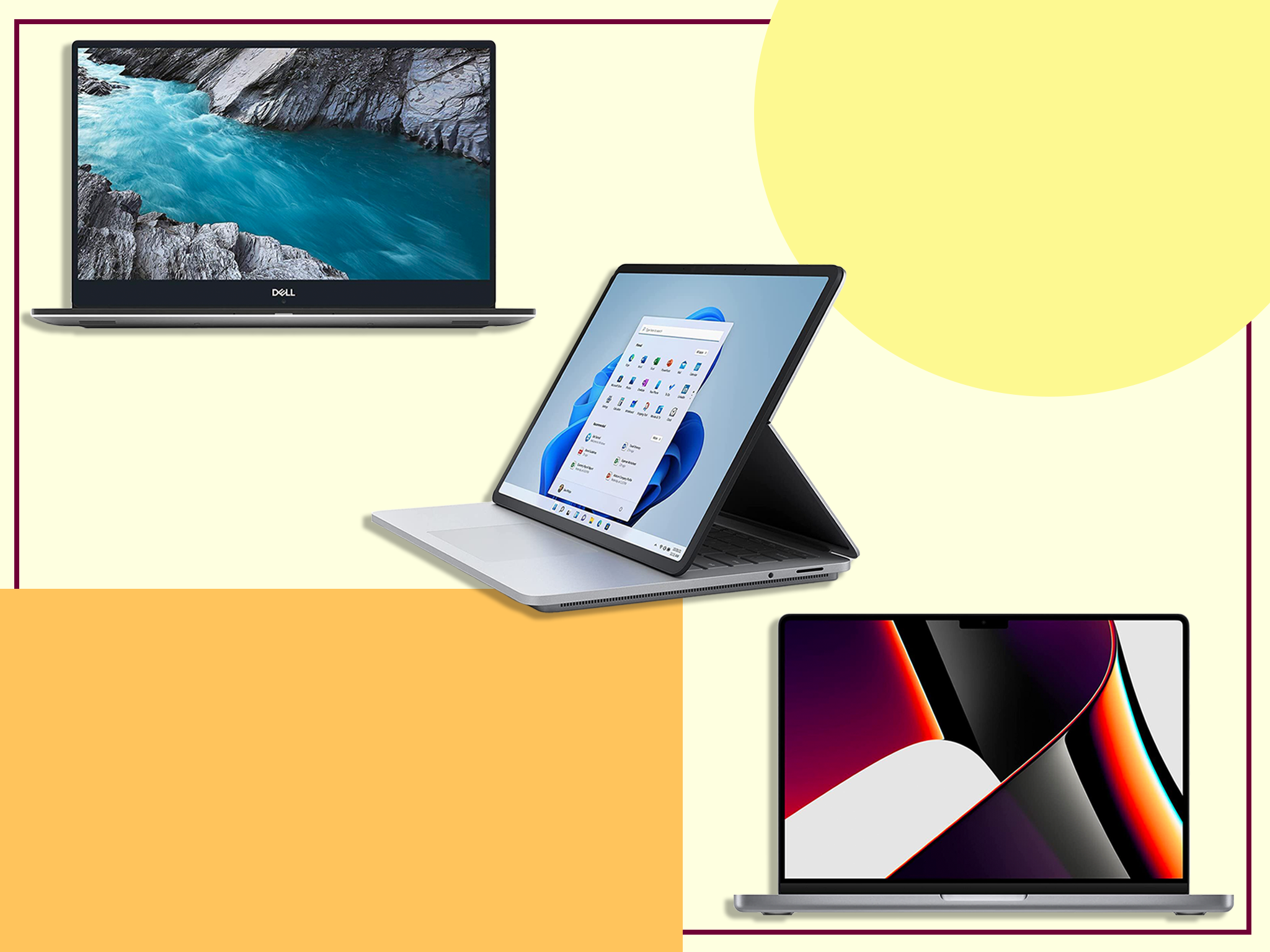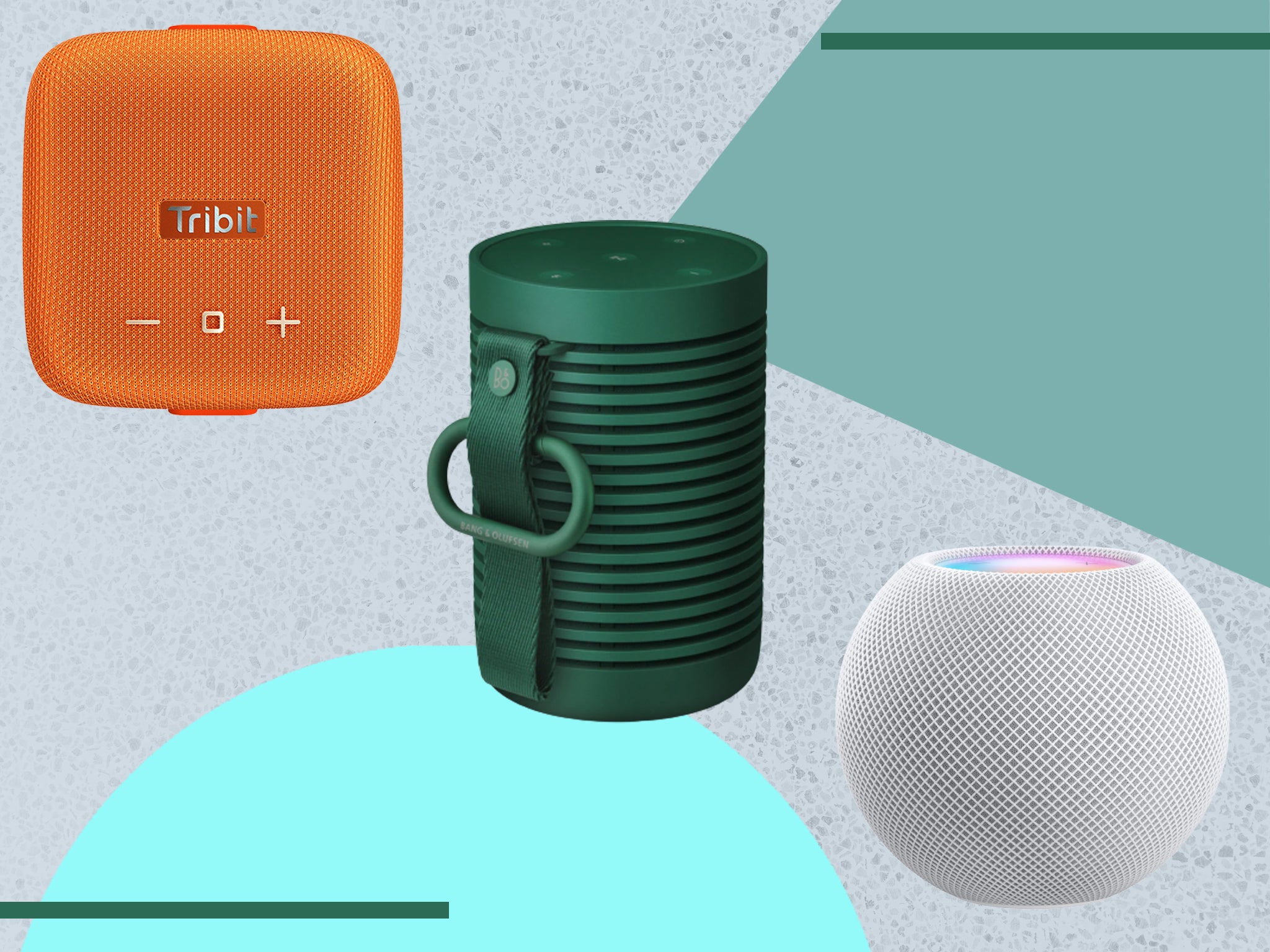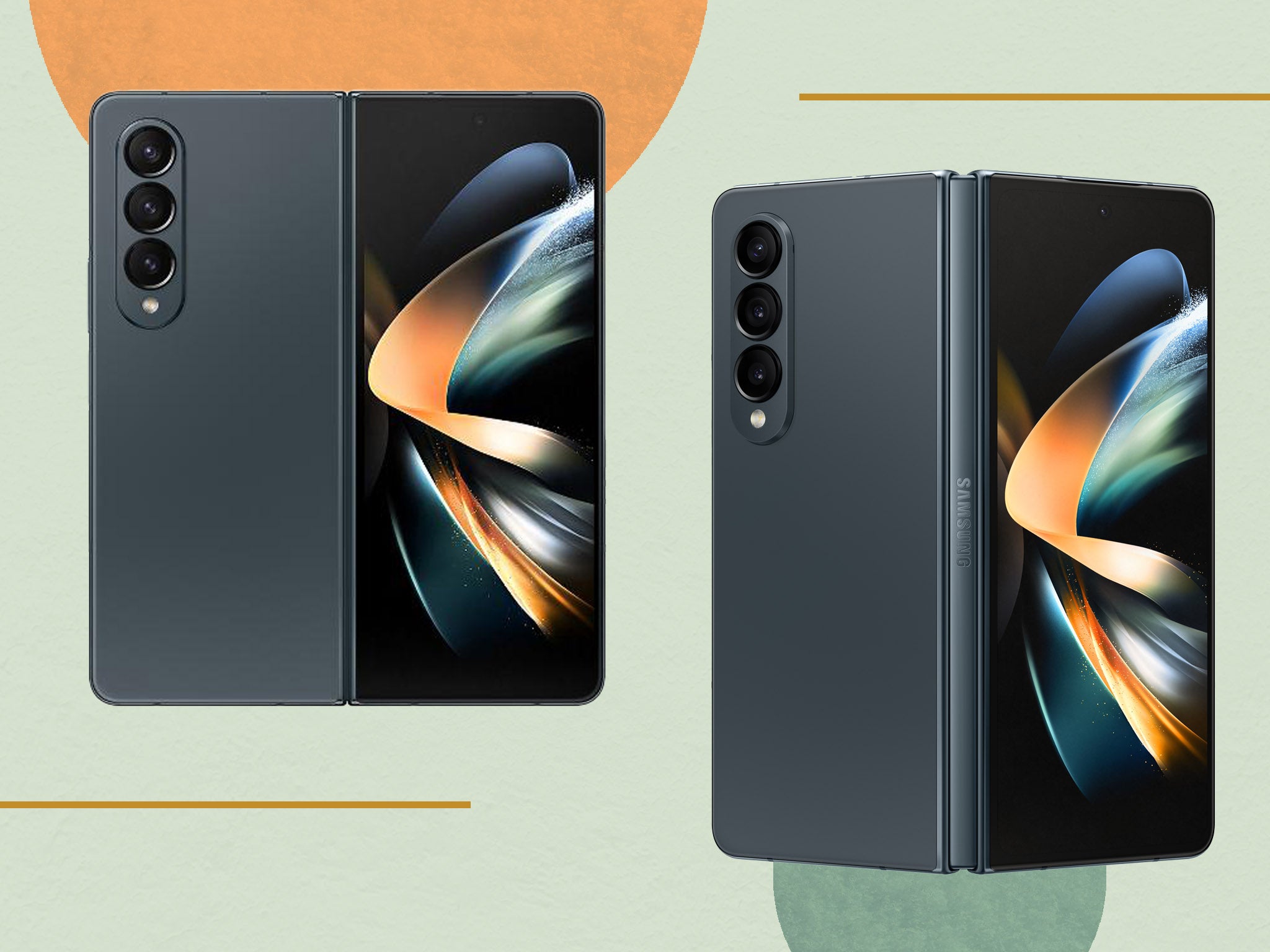Google Pixel 7 and Pixel 7 pro
- Screen size: 6.3in / 6.7in
- Refresh rate: 90Hz / 120Hz
- Weight: 197g / 212g
- Cameras: 12MP ultrawide, 50MP main, 48MP telephoto (pro only)
- CPU: Tensor G2
- Storage: 126GB, 256GB, 512GB (pro only)
- Memory: 8GB / 12GB
- 5G: Yes
- Why we love it
- Faster screen unlock
- Improved shape and design
- Great value
- Clever camera enhancements
- Take note
- Some call management features still US-exclusive
The new Tensor G2 chip is the headline act here – it offers improved performance over the Pixel 6, but the speed boost isn’t noticeable during general use (last year’s flagships were already lightning fast when it came to opening apps and basic phone navigation). Instead, the newly updated chip enables Google to do more with AI and machine learning on the device itself, meaning, for many tasks, it doesn’t have to waste fractions of a second transmitting data to Google’s servers to be processed and interpreted.
That makes things such as summoning the Google Assistant with a voice command, dictating messages, translating languages in real time, controlling smart home tech, and transcribing audio recordings all feel noticeably speedier on the Pixel 7 and 7 pro.
The Google Assistant
Google’s virtual assistant continues to be the most powerful, accurate and responsive of the big three – beating Siri and Alexa. This is partly thanks to the search giant’s relentless cataloguing of the world’s information, but also because of its ability to understand natural speech and interpret text and images without delay. Ask your phone to “show me pictures from my trip to Margate”, for example, and, in a fraction of a second, you’ll have half a dozen shots of you hanging out at the 2p coin pusher.
This kind of Tensor G2-powered cleverness also enables Pixel phones to do a bunch of other minor but still useful things, such as screen your calls and see the caller’s words transcribed in real time, so you can spot those “we heard you’ve been in a car crash recently” scams before picking up. You can also record a spoken interview and have the conversation turned into a searchable text file, with named speakers.
Camera
The camera is where Google’s made the biggest improvements over last year’s phone, and it’s also another area in which Google’s processing smarts are deployed to great effect.
You’ve got a 12MP ultrawide camera that can capture slightly wider shots than before. The main 50MP camera is the hardest working of the three, producing outstanding photography in light, dark and indoor-lighting conditions. Google’s ability to intelligently understand what’s in the frame and how it should look enables impressive HDR blending, detail capturing, portraiture and night-time photography, without having to play around with any settings.
On the Pixel 7 pro, the 48MP telephoto lens can achieve an impressive 30x zoom, though shots taken at this level tend to look blearily over-processed, as Google’s camera software strains to guess at detail the sensors can’t actually see.
The fun stuff happens at less extreme zoom levels, where the Pixel 7 pro has a new trick to greatly improve sharpness and detail when shooting long-distance subjects. Rather than using the main lens for everything up to 5x zoom, then letting the higher-quality telephoto lens suddenly take over, the camera now uses information from multiple lenses at once, to produce higher-quality shots at intermediate zoom levels. The result is a more continuous zooming experience – like using an SLR camera lens – and better photography.
Photo features
More importantly, all of this complicated lens juggling is happening automatically. In our tests, we found the Pixel 7 pro produces some of the best shots of any phone we’ve tested. The Pixel 7 also gets some of this lens trickery. Punching in to 2x zoom now results in much sharper results, so striving for more interesting framing of our subjects no longer means sacrificing the quality of the image.
Also new is the macro mode, which is exclusive to the Pixel 7 pro. This enables the photography of small subjects placed very near to the lens, and kicks in automatically when the camera software detects you’re getting all up in something tiny’s business.
Of course, the Pixel 6’s standout camera features are still here too. The astrophotography mode uses a long exposure to capture dramatic night-time shots of starry skies and galaxies. AI-powered photo editing features enable you to tap on objects and people you want to remove from your picture. You can also unblur faces, a feature that even works on existing photos in your Google Photos app. The effect can be striking when used on old family pictures, though seeing grandad rendered in sharp detail can be a little uncanny.



